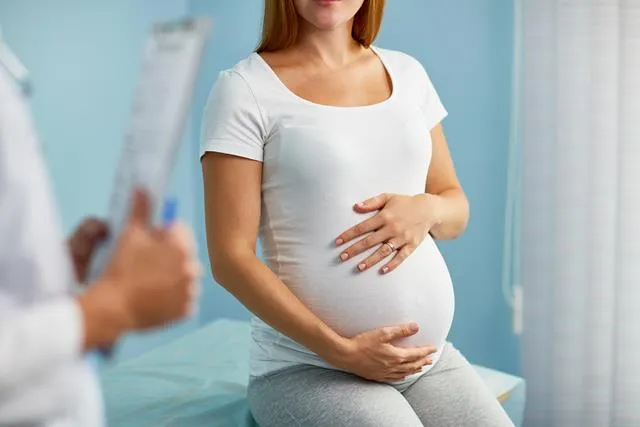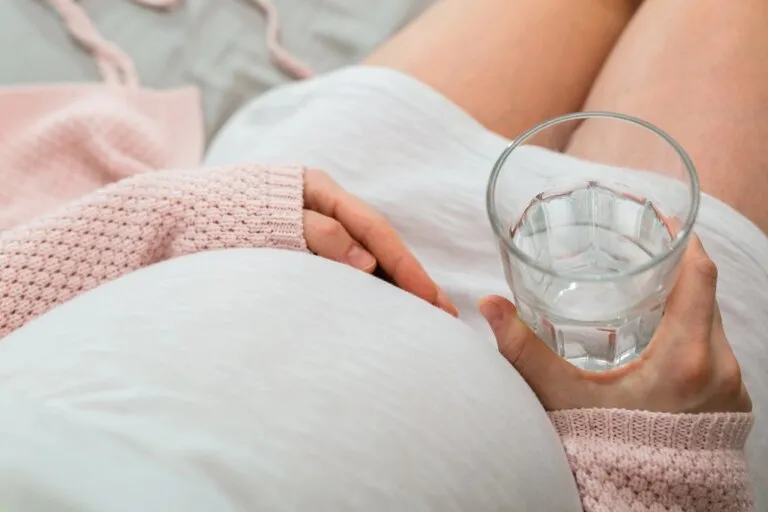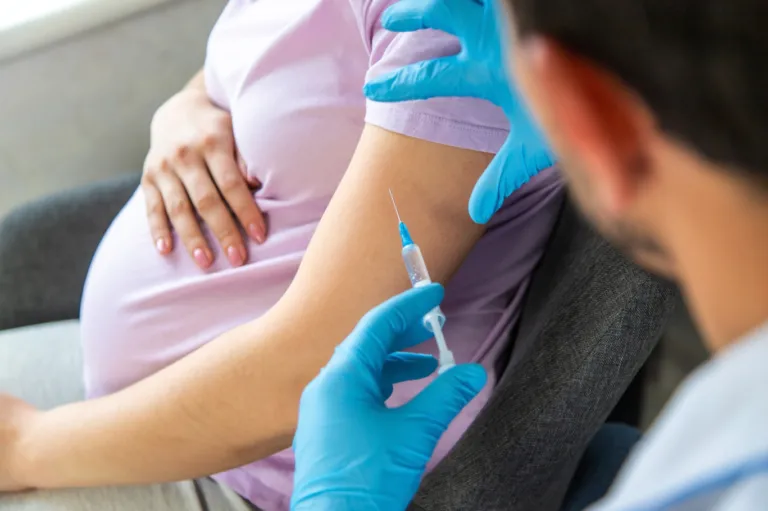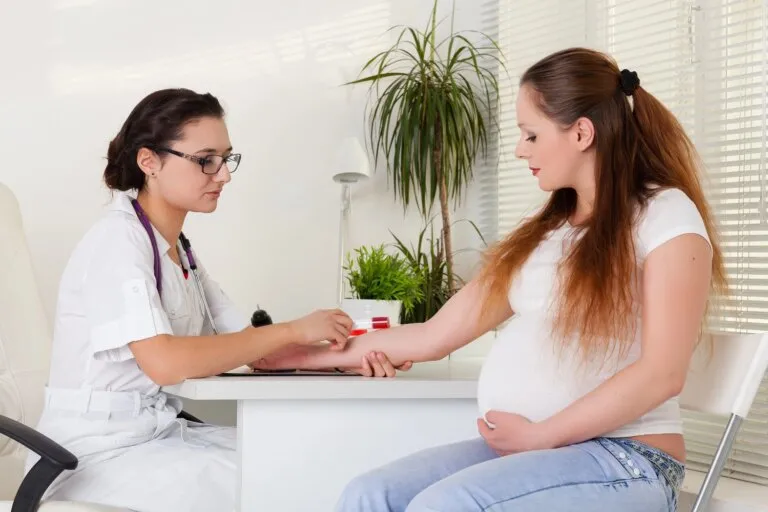Pregnancy is associated with an increased risk of venous thromboembolism. A leg thrombosis or pulmonary embolism can lead to serious complications and pose a serious threat to a woman's life. Find out about the risk factors and symptoms of venous thromboembolism during pregnancy.
Venous thromboembolism – what is it?
Venous thromboembolism includes deep vein thrombosis and pulmonary embolism. It is characterised by the formation of thrombi that block the lumen of the vessels. The detachment of the thrombus, which travels from the lower limbs via the venous circulation to the heart and then into the pulmonary circulation, can lead to an occlusion of the pulmonary artery and a pulmonary embolism. There is an increased risk of venous thromboembolism during pregnancy, which is partly due to the increased concentration of circulating oestrogens in the blood. For this reason, appropriate prophylaxis should be carried out in women who have an increased risk of such a condition.
Venous thromboembolism – risk factors during pregnancy
Pregnant and postpartum women have an increased risk of developing venous thromboembolism. Overweight patients with a BMI over 35 and those with a family history of thrombosis or pulmonary embolism are more at risk. The risk also increases with prolonged lying down or after an operation during pregnancy. Women who suffer from thrombophilia or antiphospholipid syndrome also belong to this risk group.
Venous thromboembolism – prevention during pregnancy
If risk factors are present, appropriate prevention is carried out. At present, great care is taken to ensure that the expectant mother does not spend the whole day lying down. So-called bed rest is also not recommended. This has no proven effectiveness, e.g. in the case of a threatened premature birth, and significantly increases the risk of thromboembolism.
Compression stockings and heparins are used to prevent thrombosis of the lower limbs. Low-molecular-weight heparins are used during pregnancy. In the first trimester, the gynaecologist assesses the risk of venous thromboembolism and the possible appropriateness of using compression stockings and heparin. This risk can change during pregnancy depending on the risk factors present. Heparins are used in pregnant women after operations or interventions, among other things.
After delivery, the risk of thromboembolic disease must be reassessed. More commonly, prophylaxis with heparins is given after delivery by caesarean section or in the case of perinatal haemorrhage. Some women should take heparins throughout the postpartum period.
Venous thromboembolism in pregnancy – symptoms
The first symptom of venous thromboembolism can be thrombosis of the lower limbs. This usually manifests itself as pain in the calf when walking and swelling of the limb. Pulmonary embolism is characterised by symptoms such as shortness of breath, chest pain and coughing. Haemoptysis may also occur. It is important to know that there are cases in which the symptoms of thrombosis are not present and a pulmonary embolism nevertheless develops. For this reason, a pregnant woman who suddenly develops shortness of breath must urgently visit the gynaecology and obstetrics clinic.











